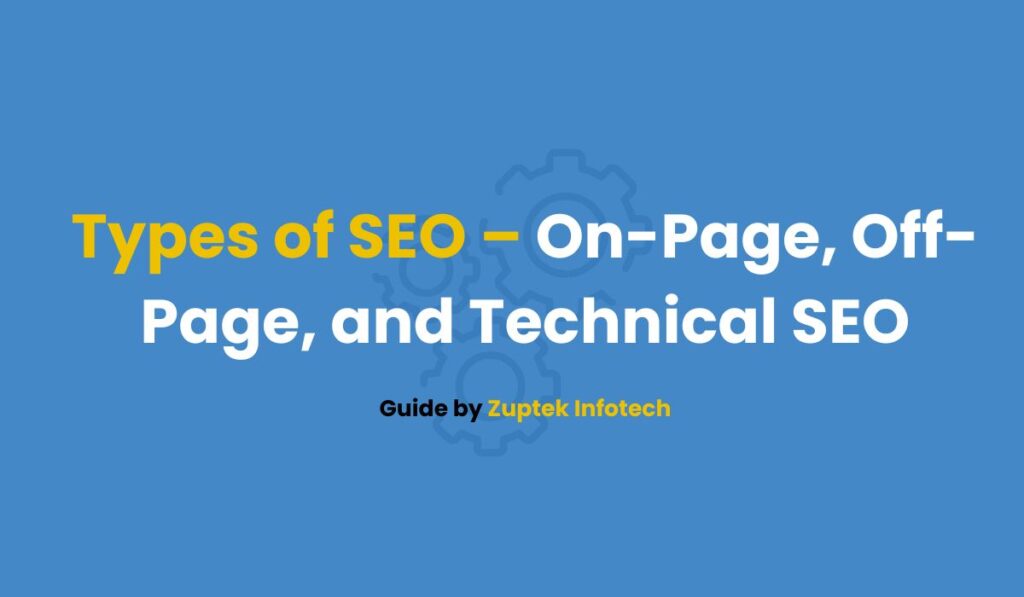Contents
Search engines are complex systems designed to help users find relevant information by organizing and retrieving data from the vast expanse of the internet. Their core purpose is to deliver the most accurate, relevant, and valuable results in response to user queries. Understanding how search engines work is crucial for anyone involved in digital marketing, SEO, or content creation.
The Three Main Functions of Search Engines
1. Crawling
Crawling is the initial phase where search engines discover new and updated content. This process is performed by automated bots known as “crawlers” or “spiders.”
How It Works:
- Crawlers start by visiting a list of known URLs (seed URLs).
- They follow links on these pages to find new URLs.
- Crawlers can detect text, images, videos, and PDFs, but primarily focus on HTML pages.
Example:
- When you publish a new blog post, Google’s crawler (Googlebot) may find it through your sitemap or by following internal links from existing content.
Challenges in Crawling:
- Broken Links – Interrupt crawlers, preventing them from reaching deeper pages.
- JavaScript Rendering – Some content hidden behind JavaScript can be difficult for crawlers to access.
- Duplicate Content – Crawlers may waste resources visiting duplicate pages.
2. Indexing
Indexing is the process of storing and organizing content discovered during crawling. Once indexed, a page is eligible to appear in search engine results.
How It Works:
- After crawling, the content is analyzed for relevance and categorized based on keywords, metadata, and overall context.
- Pages are added to the search engine’s index, which acts like a massive library.
Example:
- If a page about “digital marketing” is indexed, it will be stored with related terms like “SEO,” “content marketing,” and “online advertising.”
Indexing Challenges:
- Noindex Tags – Pages marked with “noindex” in the HTML code will not be added to the index.
- Canonical Tags – If multiple pages have similar content, canonical tags indicate the preferred version for indexing.
- Blocked Pages – The use of robots.txt can prevent crawlers from accessing specific pages.
3. Ranking
Ranking determines the order in which indexed pages appear in response to a search query. Search engines use sophisticated algorithms to evaluate over 200 factors to decide rankings.
Key Ranking Factors:
- Content Quality – Pages with in-depth, valuable content relevant to the query rank higher.
- Backlinks – High-authority sites linking to your page improve credibility.
- User Experience (UX) – Fast-loading, mobile-friendly pages with low bounce rates perform better.
- Engagement Metrics – Time spent on the page (dwell time) and click-through rates (CTR) signal relevance.
Example:
- A page optimized for “best smartphones 2025” with rich, detailed content and reputable backlinks is more likely to rank higher than a poorly optimized page.
How Crawlers Discover Content
Sitemaps:
- XML files submitted to search engines listing all important pages.
- Example:
<url><loc>https://example.com/blog-post</loc></url>
Internal Linking:
- Links between pages within the same site allow crawlers to navigate easily.
- Example: A “Related Articles” section at the end of a blog post.
Backlinks:
- Links from external sites direct crawlers to your content, signaling importance.
- Example: A news site linking to your press release.
Factors Affecting Indexing
Canonicalization:
- Example: A page with
wwwandnon-wwwversions uses a canonical tag to specify the preferred URL.
- Example: A page with
Duplicate Content:
- Crawlers may ignore duplicate pages or index only one version.
- Example: Product pages with similar descriptions.
Page Load Speed:
- Slow pages may be crawled less frequently.
- Example: Google prioritizes faster-loading sites in indexing.
Mobile-First Indexing:
- Google predominantly uses the mobile version of the content for indexing.
- Example: Sites without responsive design may lose indexing priority.
The Importance of Search Algorithms
Search algorithms are complex formulas designed to evaluate and rank web pages. These algorithms consider relevance, quality, and user satisfaction.
Algorithm Updates:
- Google Panda – Targets low-quality content.
- Google Penguin – Penalizes link spam.
- Google Hummingbird – Focuses on natural language and intent.
Example:
A page that ranks well for “how to bake a cake” today may drop if competitors produce more engaging, updated content.

Hey SEOs, I’m Maharshi – your friendly neighborhood search expert. I’ve been in the SEO game since 2017 and want to share my knowledge with you.
On this blog, we’ll explore practical tips to boost your search rankings. No confusing lingo, just straightforward advice to master search engines. Think of me as your SEO guide. I’ll walk you through optimizing website code, creating engaging content, understanding Google’s algorithms, and more.
We’ll cover everything from keywords to site speed using the latest, most effective strategies. My goal is to demystify SEO so you can start searching smarter.
Sound good? Buckle up and let’s get started! I promise an educational (and maybe even fun) ride into the world of search engine optimization. No shady tricks, just proven techniques to grow your online presence.
Let’s do this!


Pingback: Types of SEO – On-Page, Off-Page, and Technical SEO - Zuptek SEO Guide